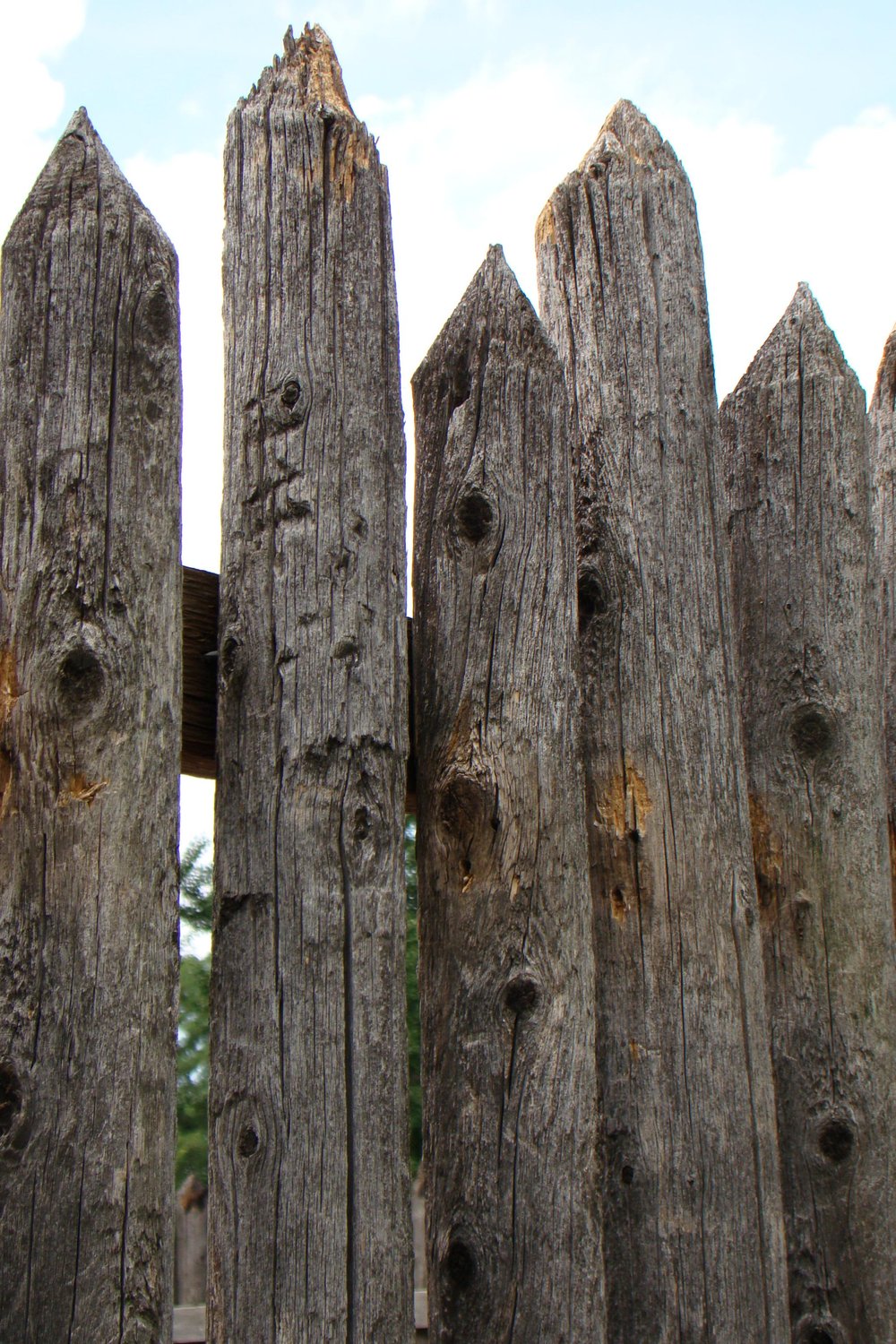
Found across the country, log homes provided settlers the ability to quickly build a temporary shelter in order to get started on planting crops or other work immediately. Using construction techniques from Northern and Eastern Europe, settlers passed this style down throughout generations and across communities. In order to build a sturdy home, settlers had to have a strong base knowledge of their environment and engineering. Trees had to be sturdy, rot resistant, and large enough to build a livable space. Before stacking, the logs might be stripped of bark or hewed, meaning cut to have flat sides. To stack them, people could use different techniques to connect the logs to one another such as saddle notching, steeple notching, step and lock notching, and corner posts. No heavy machines were around to put the logs into place, they had to be placed by hand, one by one. In between each log would be chinking and daubing. Chinking is wood or stone slabs with moss or clay. Daubing is the outer layer that looks like dried mortar and consists of sand, clay, and a lime mixture. You can see this chinking and daubing on the log house here at Naper Settlement. Using this engineering knowledge, settlers were able to build sturdy homes in a few days.